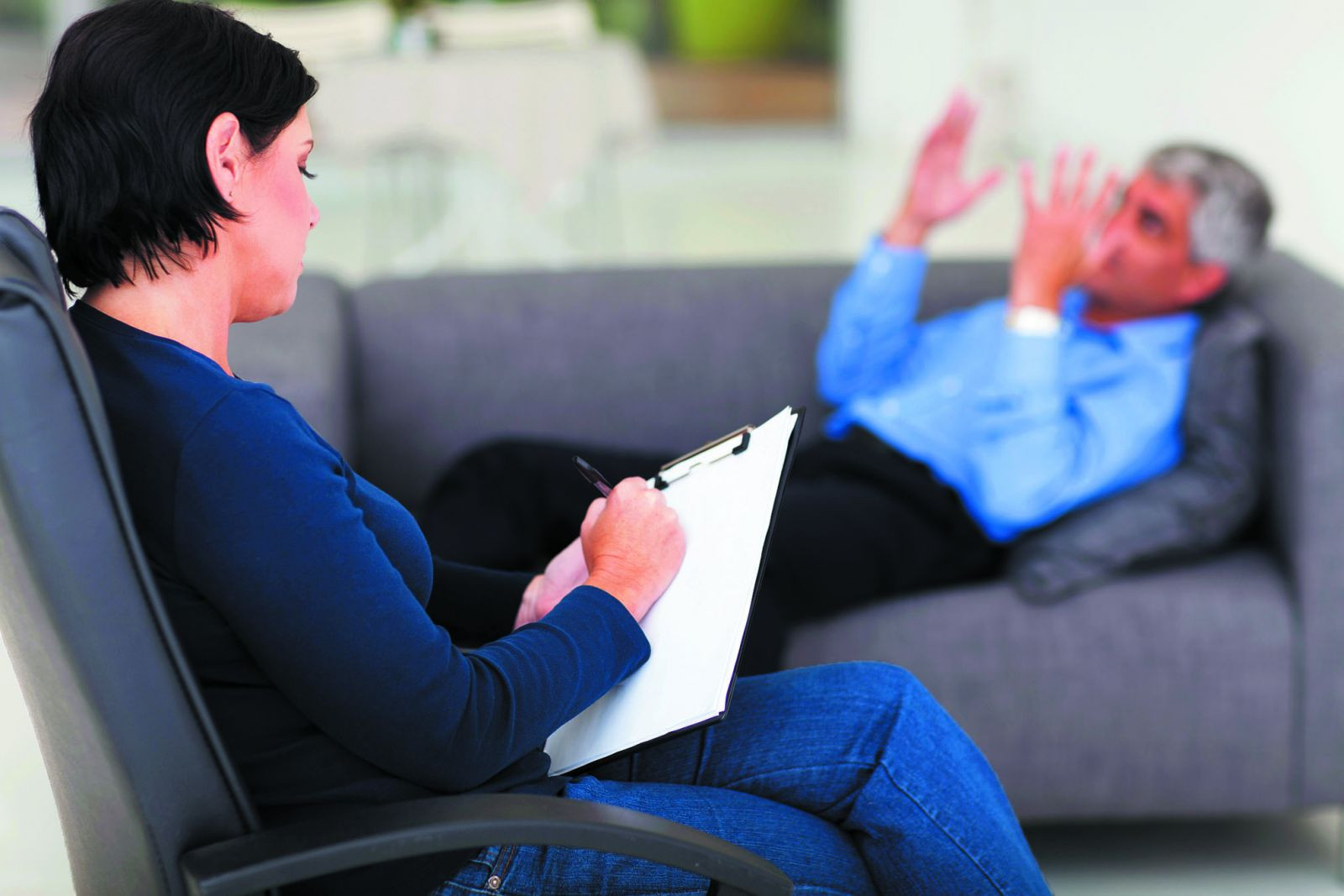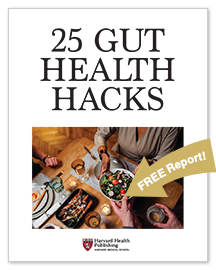
5 timeless habits for better health
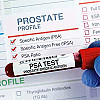
What are the symptoms of prostate cancer?

Is your breakfast cereal healthy?
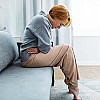
When pain signals an emergency: Symptoms you should never ignore
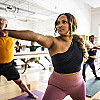
Does exercise give you energy?
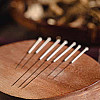
Acupuncture for pain relief: How it works and what to expect

How to avoid jet lag: Tips for staying alert when you travel

Biofeedback therapy: How it works and how it can help relieve pain

Best vitamins and minerals for energy

Should you take probiotics with antibiotics?
Pain Archive
Articles
Joint replacement — finding the right medical team
Joint replacement is a complex procedure, and finding the right surgeon and hospital can make a big difference in your outcome. In general, you're likely to have a better result and fewer complications if your surgeon performs the operation frequently (at least 100 times per year) and operates in a hospital where these procedures are commonplace. Don't be surprised if this rules out the most convenient hospital for your location.
Your orthopedist, rheumatologist, or primary care physician, or a friend who has undergone successful joint replacement, may be able to recommend a specific surgeon. But keep in mind that your insurer may restrict you to certain specialists or require a larger copayment if you go outside your plan.
Ask the doctor: Do I need gallbladder surgery?
Q. I've been having abdominal pain that may be due to gallstones. Is surgery the best solution, or are there other things I can try first?
A. The first thing to determine is whether your abdominal pain is in fact due to gallstones. They typically cause pain on the upper right side or in the center of the abdomen just below the breastbone that radiates to the back or right shoulder. The pain is often brought on by eating—especially fatty foods—or may occur at night. Sometimes gallstone pain is accompanied by sweating, bloating, nausea, or vomiting.
How to banish aches and pains
Gentles tretching adds benefit to your fitness routine, but make sure to warm up first. |
A variety of physical activities and regular stretching can rid you of routine discomfort.
Should you keep taking NSAIDs for pain?
The FDA is strengthening an existing label warning that NSAIDs increase the chance of a heart attack or stroke.
Could hypnotherapy help you?
Hypnotherapy helps you control or alter your thoughts, feelings, and physical state. The results may help relieve anxiety, pain, or insomnia. Image: Thinkstock |
Tap into your brain's circuitry to boost treatment for your health condition.
Three steps to build a better back
Brisk walking works many muscles that support a strong and healthy back, such as the muscles in the thighs, calves, abdomen, hips, and buttocks. Image: Thinkstock |
Strengthening, stretching, and improving posture will go a long way toward reducing back pain that comes with age.
8 tips for buying shoes that are good to your feet
Buying the right shoes is an investment in foot health. But how do you find ones that fit properly and provide adequate support?
Start with your own feet, and look at what's already in your closet. Stand barefoot on a piece of paper or cardboard, and trace the shape of each foot. Now take your shoes, one by one, and place them on top of the drawing. If you're like most people, your "comfortable" shoes will closely match the outline of your own feet.
Stronger heart risk warning for popular painkillers
Current data suggest that naproxen may be the safest NSAID. Image: iStock |
NSAID users: Take the lowest effective dose for the shortest possible time.

5 timeless habits for better health

What are the symptoms of prostate cancer?

Is your breakfast cereal healthy?

When pain signals an emergency: Symptoms you should never ignore

Does exercise give you energy?

Acupuncture for pain relief: How it works and what to expect

How to avoid jet lag: Tips for staying alert when you travel

Biofeedback therapy: How it works and how it can help relieve pain

Best vitamins and minerals for energy

Should you take probiotics with antibiotics?
Free Healthbeat Signup
Get the latest in health news delivered to your inbox!
Sign Up






